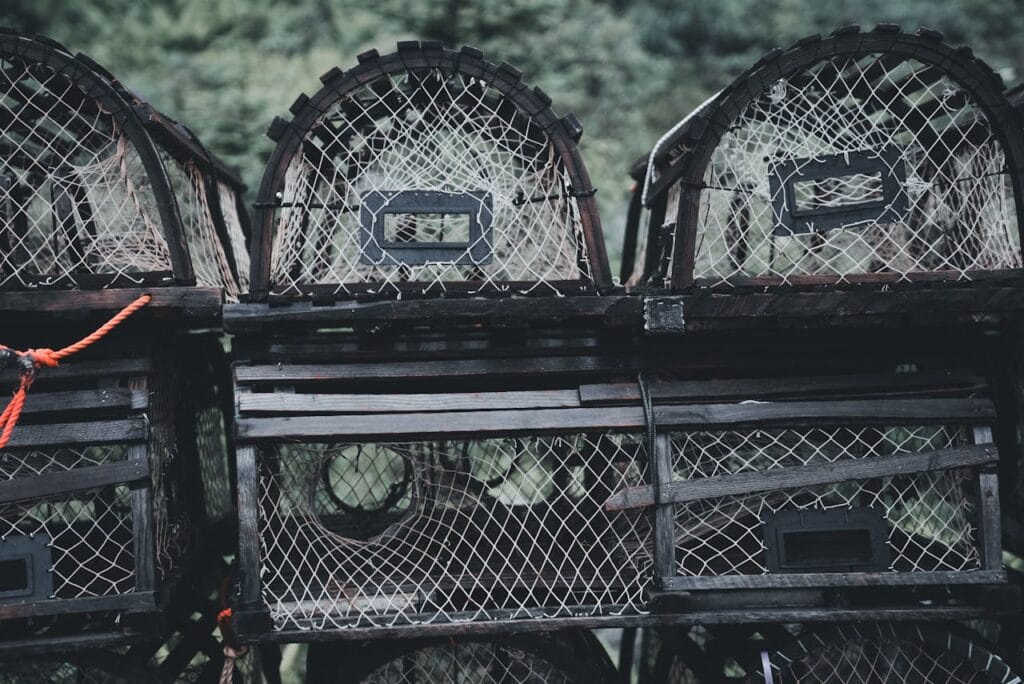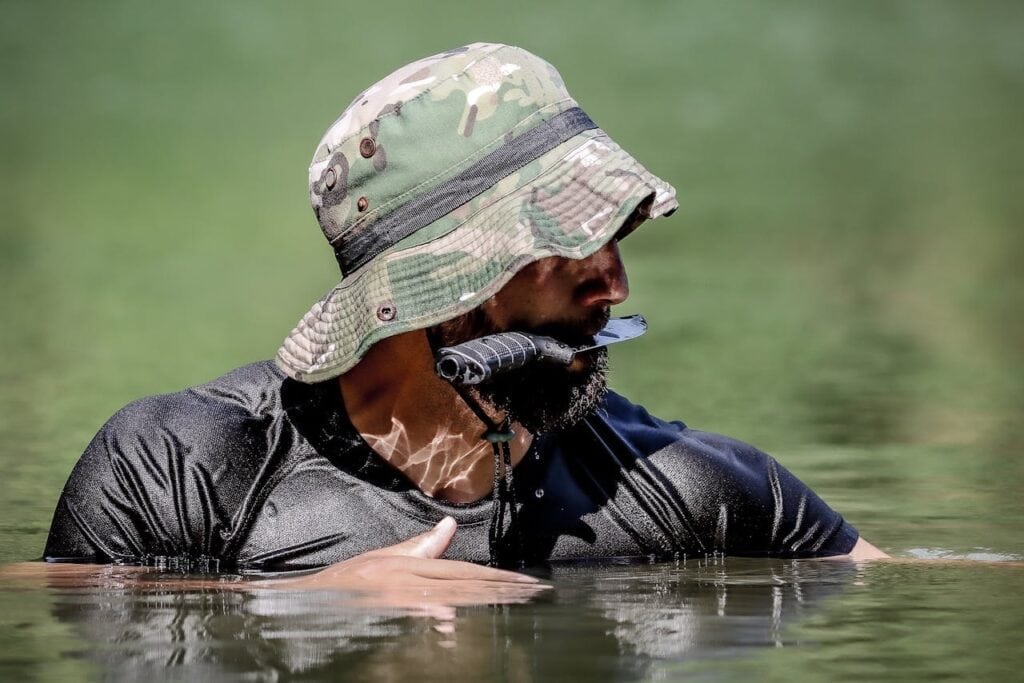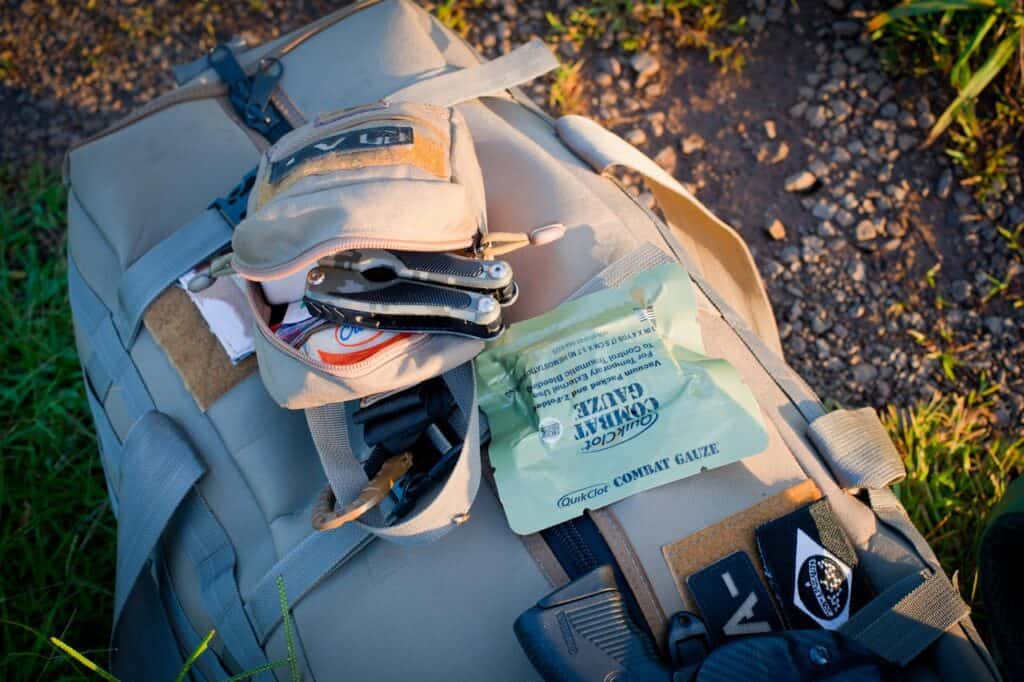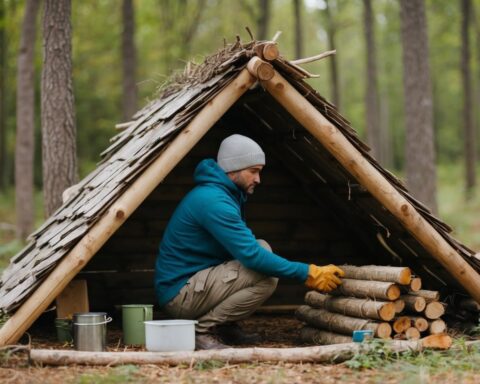Bushcraft is more than just lighting a fire or building a shelter; it is about understanding the wilderness and learning to thrive within it. Silent skills like tracking, trapping, and reading the signs of nature are what set true bushcrafters apart, making wilderness survival not only possible, but practical. When someone enters the wild, knowing how to spot animal trails, recognize useful plants, and quietly set traps can mean the difference between thriving and struggling to stay alive.
These quiet skills take patience and careful observation. Tracking shows where animals travel and rest, while trapping lets people provide food without chasing or wasting energy. Reading the forest—by studying broken twigs, footprints, or the calls of birds—turns a simple walk into a deeper wilderness experience.
Anyone interested in bushcraft can benefit from learning these skills. By building trust in their own awareness and abilities, bushcrafters become more prepared to face nature’s challenges, connect with their environment, and develop true confidence in the wild.
Mastering Tracking: Identifying Wildlife and Reading Sign

Tracking is at the heart of wilderness survival and bushcraft. It helps people find wildlife, understand animal behavior, and stay aware of their surroundings in nature. Good tracking skills also increase safety and connect trackers to traditions practiced by First Nations people.
Track Identification Techniques
Identifying tracks takes patience and sharp observation. Trackers examine the size, shape, and pattern of footprints in mud, snow, or dirt. Recognizing species—such as deer, fox, or even dogs—relies on these details.
A basic field guide or chart with clear illustrations can help tell similar prints apart. For harder cases, look at the arrangement of toes or the presence of claw marks. Sometimes gait patterns—for example, a hopping rabbit versus a trotting coyote—offer clues.
Track Identification Tips:
- Compare track width and length
- Count toe pads and note their shape
- Check the depth and clarity of each print
- Look for scat, fur, or feathers nearby, which can confirm which animal passed
Learning to identify tracks in the boreal forest or other environments improves wilderness orientation and aids in wildlife awareness. See top animal tracking books for more on this here.
Interpreting Animal Behavior from Signs
Signs left by wildlife tell stories beyond their prints. Crushed grass, broken branches, nests, feeding sites, and fresh droppings reveal habits and recent movements. Knowing these signs helps trackers judge the age of a track or the direction the animal is heading.
Fresh tracks with moist edges signal a nearby animal, while dry, crumbling edges mean it passed by some time ago. Marks on trees or rocks—scratches, chewed bark, or antler rubs—may point to specific species and their behaviors.
Table: Common Signs and What They Reveal
| Sign Type | Possible Meaning |
|---|---|
| Flattened grass | Resting or bedding area |
| Bark scratches | Marking territory or feeding |
| Scat | Diet and time since visit |
| Feathers/fur | Predation or grooming |
Tracking builds a deeper understanding of how wildlife interact with their environment.
Equipment and Tools for Tracking
Tools can make tracking easier and more precise. Many trackers carry a notebook and pencil to sketch tracks and take notes. A small ruler or tape measure helps record track sizes for later comparison.
Field guides with photos and drawings help confirm identifications. Magnifying glasses can reveal tiny details in prints. Good, waterproof boots and weather-ready clothes allow safe moving through marshy or forested land, especially in the boreal forest.
Some trackers use simple plaster kits to create casts of prints for future study. Modern gear might include a camera or smartphone for photos and GPS to mark locations, supporting both survival skills and scientific tracking. For more practical tips, check out this beginner’s guide to tracking.
Trapping and Foraging: Procuring Food in the Wilderness

Finding food in the wild often means combining traditional skills with practical resource management. Survival depends on knowing how to trap animals, gather edible plants, and use fishing techniques to get enough nutrition.
Primitive and Modern Trapping Methods
Trapping allows bushcrafters to silently gather food sources without wasting precious energy. Primitive traps like deadfalls, figure-four triggers, and snares use simple materials such as sticks, rocks, and cordage. These traps are quiet, require careful placement, and work best along animal trails or near water.
Modern traps, such as wire snares and commercially made traps, are more reliable and require less maintenance. It’s important to check traps often to avoid scavengers stealing the catch. Trappers should also understand animal behavior and habitat to increase success and reduce unneeded suffering.
Both primitive and modern traps offer silent ways to procure protein without large weapons or noise. Those on longer expeditions, like a canoe trip, often use a mix of these techniques.
Foraging for Edible Plants
Foraging is an essential survival skill and can provide important vitamins and minerals. Common edible plants include berries, roots, wild greens, and nuts. Bushcrafters need to correctly identify plants since some lookalikes are toxic.
A simple list of safe wild foods might include:
- Dandelion (leaves and roots)
- Cattail (young shoots and tubers)
- Wild berries (like blueberries and blackberries)
- Acorns (must be leached before eating)
Having a guidebook shows which plants are edible in a certain region. The Bushcraft Field Guide to Trapping, Gathering, and Cooking in the Wild provides helpful illustrations for foragers (find more information at The Bushcraft Field Guide to Trapping, Gathering, and Cooking in the Wild).
Foragers must harvest responsibly, taking only what they need to allow plants to recover.
Fishing Techniques and Equipment
Fishing is a reliable method for getting food, especially near lakes, rivers, or streams. Basic equipment includes fishing line, hooks, and simple lures. Many bushcrafters also carry improvised lines or use netting when possible.
Fishing techniques may include:
- Handlining: Using only a line and hook, often from a canoe or the shore.
- Spearfishing: Effective in clear, shallow water.
- Trap fishing: Using funnel-shaped traps to catch small fish or crayfish.
A small survival kit often includes compact fishing gear. Knowing how to find and set up the right fishing technique increases food security, especially during extended stays in the wilderness. Proper preparation and the right equipment can mean the difference between going hungry and having a steady meal.
Reading the Forest: Navigational Skills and Environmental Awareness

Accurate navigation is essential for safe wilderness travel. Knowing how to use natural features and modern tools helps bushcrafters move with confidence and avoid getting lost.
Using Natural Landmarks for Guidance
Recognizing and using natural landmarks is an important bushcraft skill. Features such as rivers, rock formations, hills, and tree lines help travelers keep their bearings. In the Ontario wilderness, slow-moving streams and ridges often act as reference points when moving through thick forests.
Observing the direction of moss growth, the way trees lean, and changes in terrain can give clues about direction. For example, moss often grows thicker on the north side of trees, though this is not always reliable in all climates. Animal trails, clearings, and sun position also help with basic orientation.
Bushcrafters check their surroundings often. They mark distinctive spots—like a fallen tree or odd-shaped boulder—in their memory or even sketch quick maps. This practice prepares them to find their way back or alert others if they need help. Watching for fresh bear signs and understanding natural boundaries also support safe navigation and bear safety.
Map and Compass Fundamentals
A map and compass are classic navigation tools. The compass helps users find north, while the map shows terrain, water sources, trails, and elevation. For precision, bushcrafters align the compass with map grid lines, adjust for magnetic declination (which is about 11° west in parts of Ontario), and plot their course.
Bushcrafters learn to read contour lines for hills and valleys, match symbols to real features, and measure distances using the map scale. They set waypoints, or key locations, before traveling. While moving, they check their route at regular intervals.
It is also important to practice these skills in different environments. Forest density, changing weather, and rugged hills can affect one’s sense of direction. Preparedness with both map and compass makes it easier to handle emergencies and avoid getting turned around.
Guidance with GPS Technology
GPS devices and smartphone apps have changed navigation in the wilderness. These tools use satellites to pinpoint location, display maps, and record traveled routes. Many GPS units are water-resistant, shockproof, and have long battery life to suit harsh environments.
Travelers in Ontario often download offline maps before leaving, so they have access even without cell signals. GPS units allow users to mark campsites, fishing spots, or hazard zones. Some provide alerts if a person goes off a planned path, helping improve safety.
While reliable, GPS technology can fail due to low batteries, signal loss under dense tree cover, or mechanical issues. Bushcrafters combine GPS use with traditional methods to ensure their navigation and preparedness skills stay sharp, especially in remote areas.
Essential Bushcraft and Survival Skills

Mastering the basics of bushcraft means knowing how to create fire, build shelter, and secure clean water. These core abilities are the building blocks for self-reliance, safety, and comfort during camping or time spent in remote environments.
Fire Starting and Shelter Building
Fire is vital for warmth, cooking, and signaling for help. A bushcrafter learns to collect tinder and kindling like dry grass, bark, or small twigs. They often use fire starters like ferro rods or flint and steel for reliability even in damp conditions.
Shelter protects against cold, wet weather, and wind. Building a simple lean-to or debris hut keeps body heat in and the elements out. Choosing a safe site away from hazards and using branches, leaves, or tarps ensures a quick and effective shelter.
Staying ready with a small repair kit helps fix shelter tears or damaged fire gear in the wild. These skills lower risks and help maintain mental fortitude by offering comfort and safety each night.
Water Collection and Purification
Finding water sources in the wild can be a challenge. Streams, ponds, or rainfall can supply water, but every source must be treated before drinking. Boiling is one of the simplest water purification methods, killing most harmful organisms.
Portable filters or purification tablets are also common tools in bushcraft survival. Carrying a metal container allows not only for boiling but also makes water transportation easier during travel.
Safe water collection reduces the risk of illness. This keeps energy levels up and supports decision making, especially when the mind is under stress.
Resource Management in Remote Environments
Resource management means making the most of the supplies and materials found or carried. Planning how much food, water, and fuel to use each day helps stretch supplies during extended trips.
A repair kit keeps clothing, shelter, and essential gear in working order. Fixing holes or broken straps right away can prevent bigger problems later.
Mental fortitude is key in bushcraft survival. Prioritizing tasks, knowing limits, and managing morale are as important as any tool. Strategic thinking and steady routines turn risky situations into manageable challenges. For more about these key survival skills, see this bushcraft skills guide.
Wilderness Preparedness: Safety, First Aid, and Community Learning

Wilderness survival calls for knowing first aid, using smart risk management, and learning with others. Basic skills help with self-sufficiency, safety, and real problem-solving.
First Aid Essentials for Remote Settings
In the wild, access to hospitals and clinics is limited. Learners should focus on wilderness first aid. This includes understanding how to treat cuts, burns, blisters, sprains, and dehydration. Practicing how to clean wounds and keep injuries clean to prevent infection is critical.
A basic kit should always include:
| Item | Use |
|---|---|
| Gauze, bandages | Cover and protect wounds |
| Antiseptic wipes | Clean skin, kill germs |
| Tweezers | Remove splinters or ticks |
| Medical tape | Secure bandages |
| Blister pads | Treat hot spots and blisters |
Knowledge of first aid also involves understanding when and how to signal for help, handle cold or heat stress, and perform basic repairs on gear. CPR, splinting, and stopping heavy bleeding are lifesaving skills that can be learned in a survival course.
Risk Mitigation and Bear Safety
Risk mitigation starts with planning ahead. This means knowing the hazards of the land, weather patterns, and wildlife in the area. Maps and a compass should always be on hand, and someone back home should know their route.
Bear safety is a top concern in many regions. Travelers should carry bear spray where it is recommended and learn how to use it. Food and waste should be stored in sealed containers or hung high away from camp.
Key guidelines to lower risk in bear country:
- Make noise as you walk to avoid surprises
- Never approach or feed bears
- Keep cooking areas far from sleeping spaces
- Back away slowly if a bear is spotted
Personal hygiene, safe water practices, and fire safety further reduce chances of illness or accidents in the bush.
The Value of Community-Driven Bushcraft Learning
Bushcraft skills develop best through community-driven learning. Joining a local outdoor or bushcraft group allows people to share advice, get feedback, and practice together.
In group settings, members can trade tips on navigation, first aid, shelter building, and gear repair. Community learning also improves communication in emergencies and gives each person a support network if something goes wrong.
Workshops and online courses help learners stay current on safe methods and local rules. This kind of input enhances safety, keeps knowledge practical, and builds confidence at every skill level. Collaboration also builds a culture where everyone watches out for each other while practicing wilderness survival skills.




